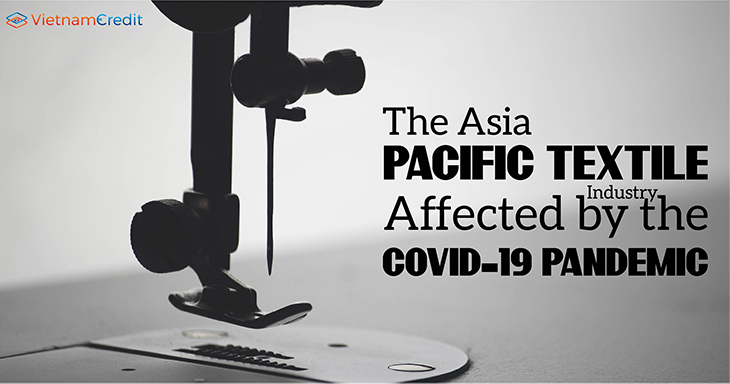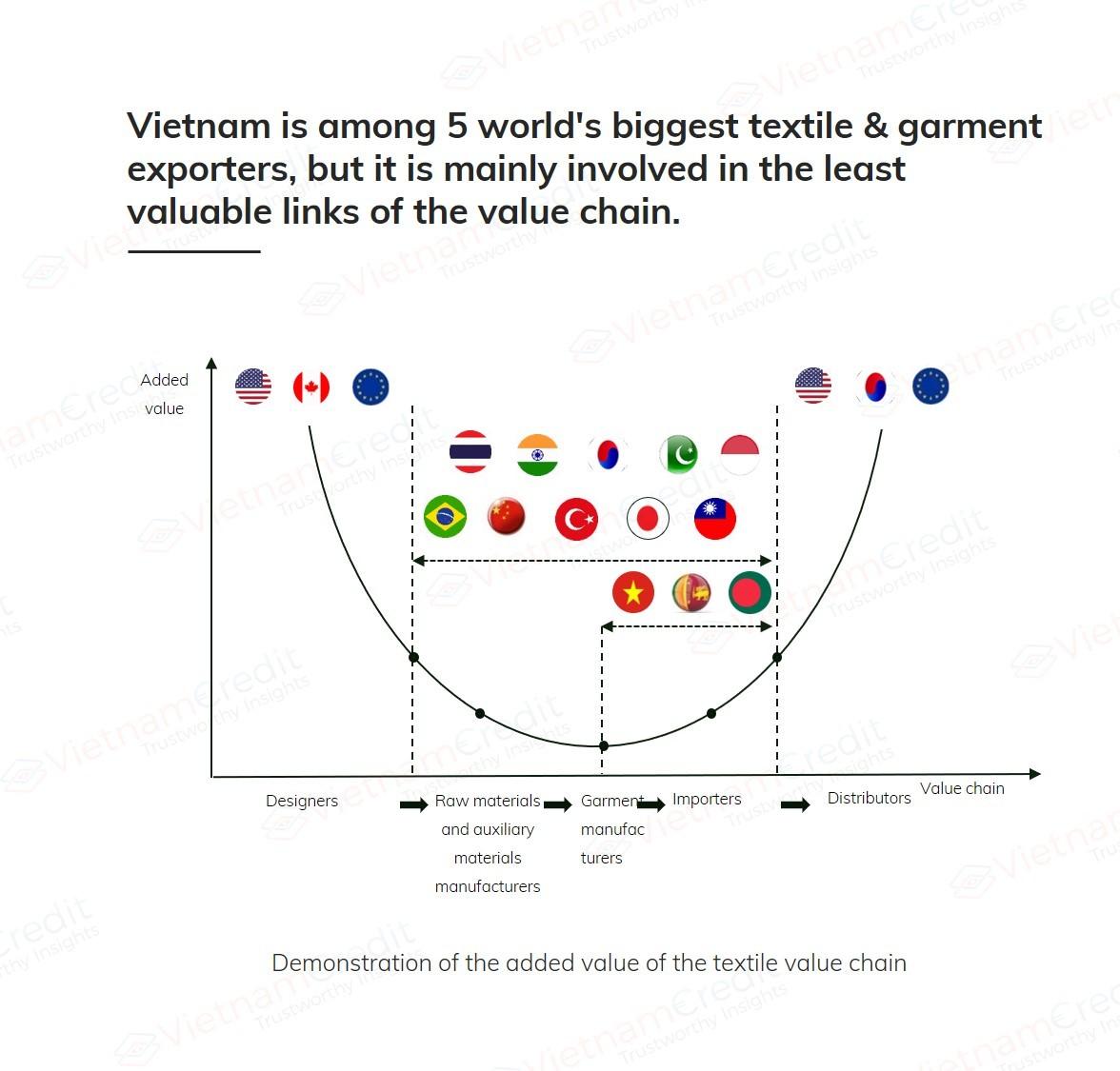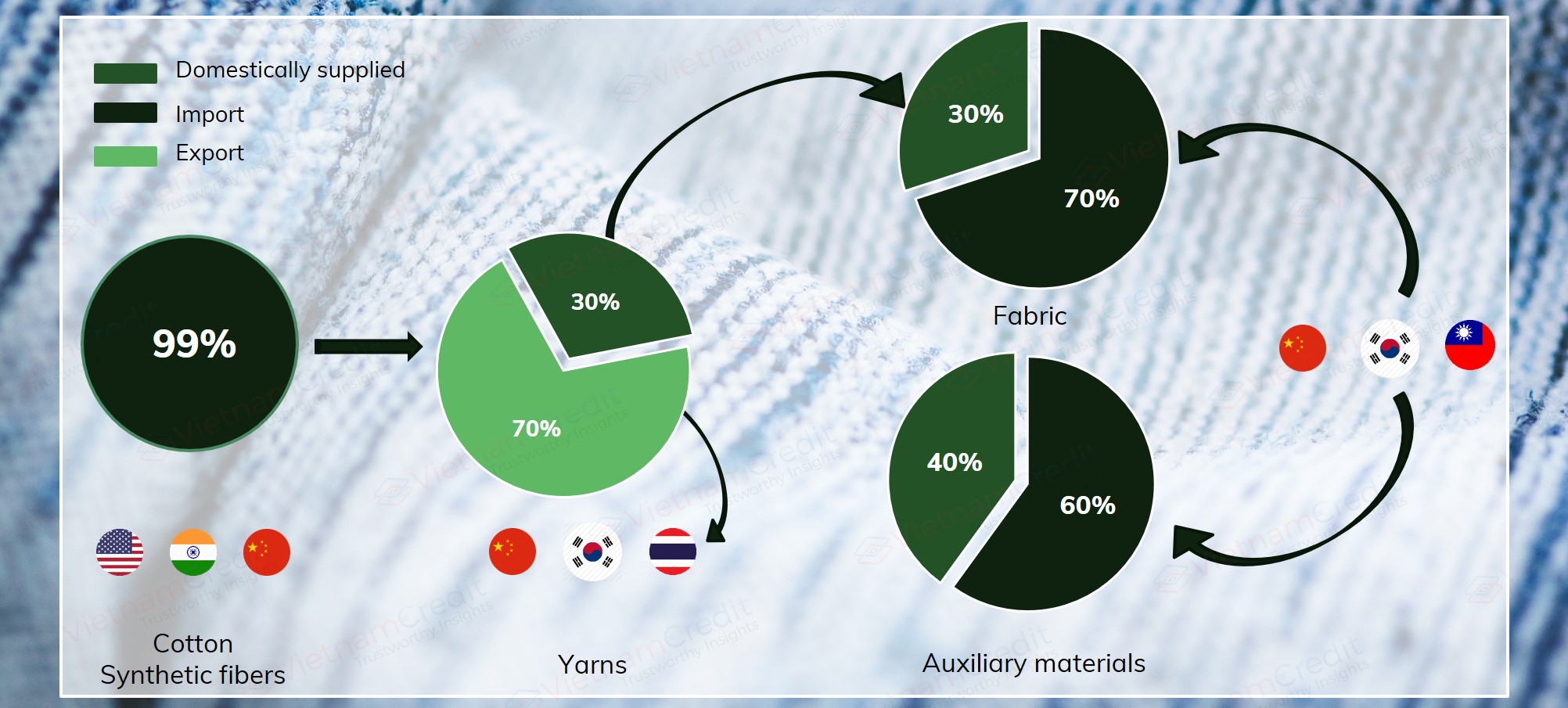According to the International Labour Organization (ILO)’s recent research, the textile industry in the Asia - Pacific region has been heavily affected by the Covid-19 pandemic.
The supply chain of the Asia - Pacific textile industry has been affected
A sharp decrease in retail sales in key export markets has heavily affected employees and businesses across supply chains in the textile industry.
According to the International Labour Organization (ILO)’s recent research, the Covid-19 pandemic has made a considerable impact on the 10 largest textile producing countries in the Asia - Pacific region, namely Bangladesh, Cambodia, China, India, Indonesia, Myanmar, Pakistan, Philippines, Sri Lanka, and Vietnam.
As of September 2020, nearly half of the workloads in the textile supply chains depend on consumer demand in countries in which strict blockade measures are imposed and retail sales fall sharply. In 2019, there were approximately 65 million textile employees in the Asia-Pacific region, accounting for 75% of the world.
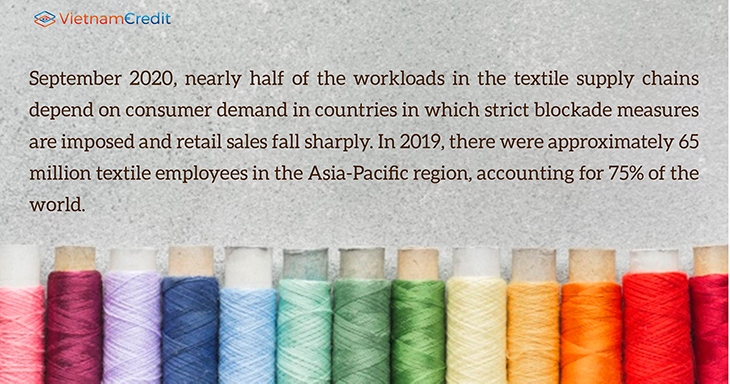
The research emphasizes that imports from countries that are major customers of Asian textile and garment exporting countries decreased by 70% in the first half of 2020 due to a sharp decline in consumer demand, government blockade, and a disruption in the import of raw materials for the production of clothing.
Also, the Covid-19 pandemic has heavily impacted on women, the majority of the workforce in the textile industry. Although the governments in the region have proactively responded to the pandemic, thousands of factories have been either temporarily or permanently closed. The number of workers taking temporary leave or layoffs has continuously increased. Most factories that could be reopened are only using a reduced number of employees.
The research recommends continuously supporting businesses as well as expanding social security to employees, especially women. They have been disproportionately affected by the Covid-19 pandemic, aggravating current inequalities in earnings, allocation of workloads, and unpaid care work. The recent “Call to Action”, an international multi-stakeholder initiative supported by ILO is regarded as a solidarity effort of the whole industry to solve the crisis left by the pandemic.
According to Mr. Christian Viegelahn, the Economist at the Regional Economic and Social Analysis Unit in the ILO Office of the Asia - Pacific region, on average, a female textile employee in the region lost a minimum of two or four weeks of working. Only three in five of her co-workers are called back to work when the factory is reopened. Also, decreased earnings and late wage payments are common among textile employees still employed in the second quarter this year.
Governments, employers, employees, and other industry stakeholders must work together to overcome these unprecedented events and create a more human-focused future in the industry”, said Ms. Chihoko Asada Miyakawa, the Regional Director of ILO for Asia and the Pacific region.
Vietnam’s textile industry flexibly adapts to the crisis
Mr. Than Duc Viet, the General Director of Garment 10 Corporation (May 10) states that the ability to flexibly adapt, convert and control risks will determine the success or failure of the business. Besides the spirit of overcoming difficulties, the entire system of May 10 has been transformed very rapidly. The traditional products of May 10 are office attire, including suits, trousers, work skirts, and work dresses, which have decreased by 30 - 50% in both domestic and international markets. May 10 has switched to produce medical items, such as fabric masks, medical masks, and epidemic prevention kits. As a result, the mask revenue within 45 days was equal to the total average revenue of 2 months before the pandemic.
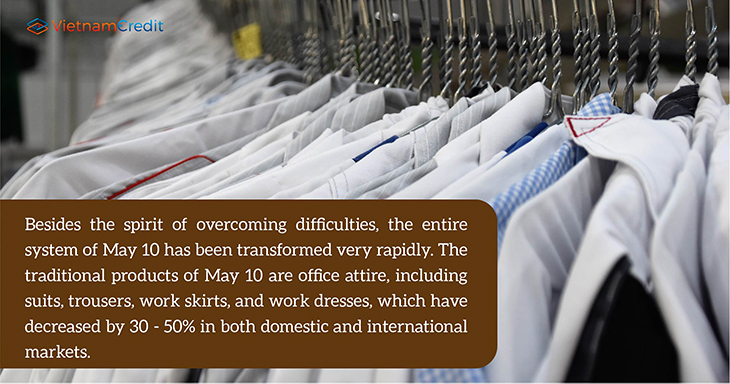
Mr. Nguyen Van Thoi, the Chairman of the Board of Directors of TNG Investment and Trading Joint Stock Company also admitted, “Although the Covid-19 pandemic has led to business difficulties and decreased orders from abroad, TNG has searched for opportunities to overcome difficulties. Similar to Garment 10 Corporation, TNG found an opportunity from making masks. While many employees face unemployment, TNG employees have been paid even higher than before the pandemic because of the increase in orders for masks and medical protective items.
Compiled by VietnamCredit

